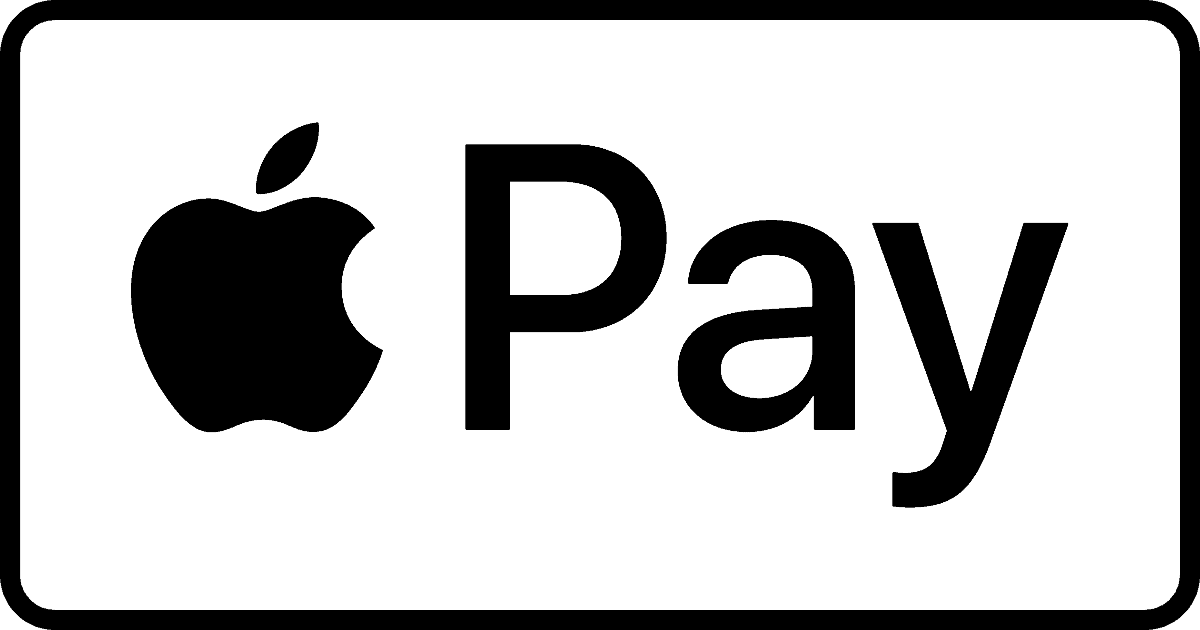The UK authorities are now accepting Apple Pay and Google Pay bills for select offerings via its gov. Uk internet site, an alternate in coverage this is predicted to attain local governments and different establishments later this year.
UK citizens with getting admission to well-matched devices can use Apple Pay and Google Pay to pay charges associated with you. S .’s Global Entry Service, necessary online disclosure and barring carrier (DBS) exams, the Registered Traveller Service, and the Electronic Visa Waiver (EVW) provider, review ITV.
Additional integration with nearby government, police, and the National Health Service systems is observed later this year.

“Allowing humans to pay for Government services via Apple Pay and Google Pay means they might not enter their credit score or debit card information when making bills,” said Till Wirth, lead product supervisor of gov. Uk Pay. “This innovation will increase the convenience and protection of gov. The United Kingdom Pays for customers and hopefully makes their experience online plenty simpler.”
The gov. Uk online price system released in 2016 with support for credit and debit playing cards and has thus far logged more than 2.9 million transactions, the report said.
Minister of Implementation Oliver Dowden notes cell bills integration complements transaction protection. Apple Pay, as an example, is covered by way of fingerprint or facial reputation underpinned with the aid of an on-tool passcode.
The new functionality also can provide a streamlined person revel in, as users can speed via transactions without filling out credit card or debit card authorization fields. Apple Pay was released in the UK in 2015 with assistance from eight participating banks. Since then, you. S .’s government has slowly followed the charging system and the underlying generation.
Most currently, Apple in April agreed to open iPhone’s NFC stack for use with the Home Office’s Brexit app, which confirms citizen fame by way of scanning embedded passport security chips.
The most common varieties of carrier settlement consist of; (1) Outsourced Support Agreements: service desk, IT technical, design development assist, programmers aid and (2) Uptime Agreements: determines the proportion of community uptime, energy uptime, and so forth. SLA targets to attain the favored results of the provider settlement should be defined through the client and understood using the provider issuer. The SLA lifecycle presents the processes involved in coping with the offerings pushed transaction.
In a standard SLA, it’s far endorsed that four crucial components be included; (1) description of services to be supplied; (2) objectives that purchaser desires to accomplish; (3) size of overall performance ranges, that are what to degree i.E. Cost of offerings or high-quality of services, who will degree, how it is going to be measured and the way regularly it will be pronounced; and (four) layout a penalty/incentive machine with the aid of defining what terrible/substandard provider and superior service are, what’s the tolerant stage of such terrible/substandard provider and whilst is preferred provider can be rewarded.
It isn’t enough to list the issues the SLA is supposed to cope with. You also need to outline unique and measurable service stage goals, performance indicators, and descriptions of services rendered to set a goal famous for determining whether or not the different provider conditions are met. For its component, the service issuer advantages from a clear set of expectations instead of having to wager the consumer’s expectancies or be held to a vague set of carrier conditions. Be unique about the info and “what-ifs” up the front.
The following are critical to making sure that a meaningful SLA is negotiated; (1) provable indicators that degree the proper performance degrees to make sure that the purchaser is receiving its expected level of provider, for instance: efficiency, effectiveness, and first-class; (2) the consumer and service company are capable of attaining an acceptable stage of profitability and expanded productivity; (3) overall performance productiveness can be effortlessly accumulated with the correct degree of element but without steeply-priced overhead; and (4) bind all commitments/goals to reasonable, potential overall performance ranges so that top provider can be without problems differentiated from bad/substandard carrier and permitting the provider company a truthful possibility to satisfy its consumer.

